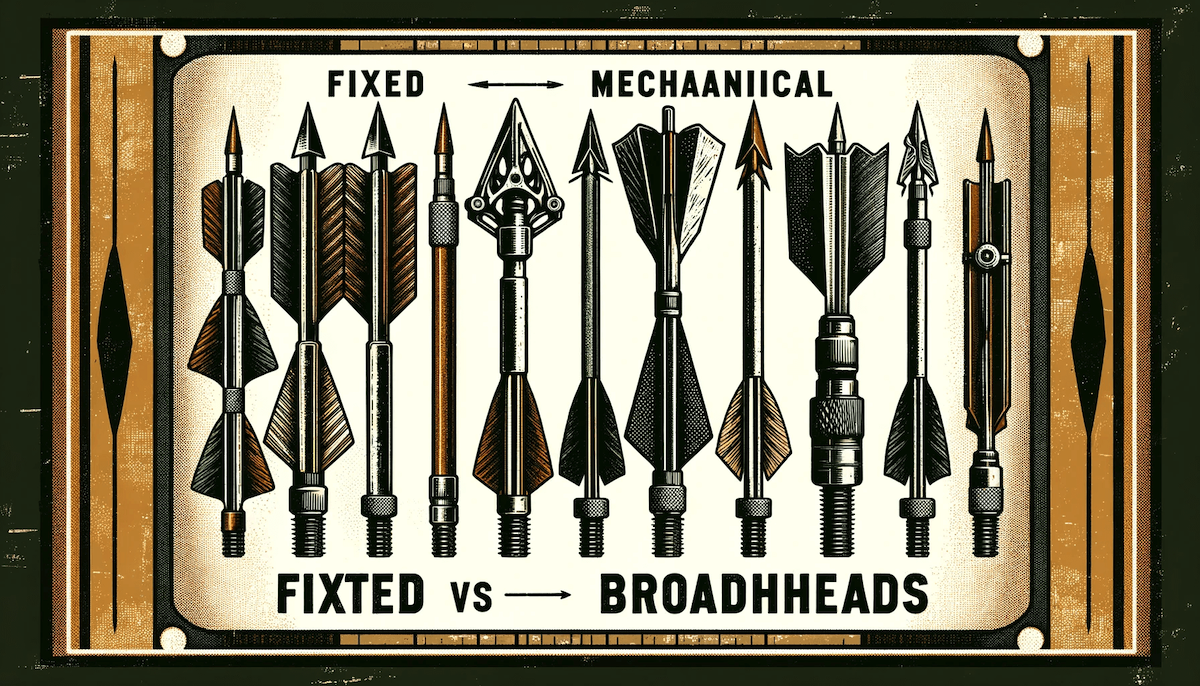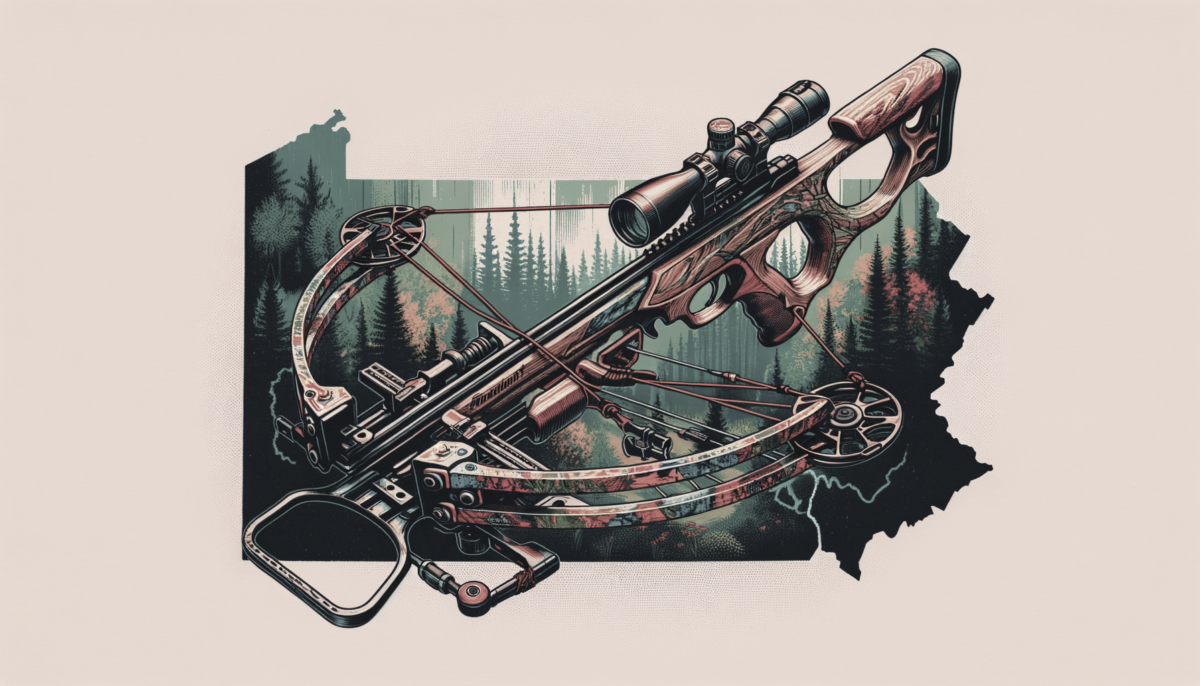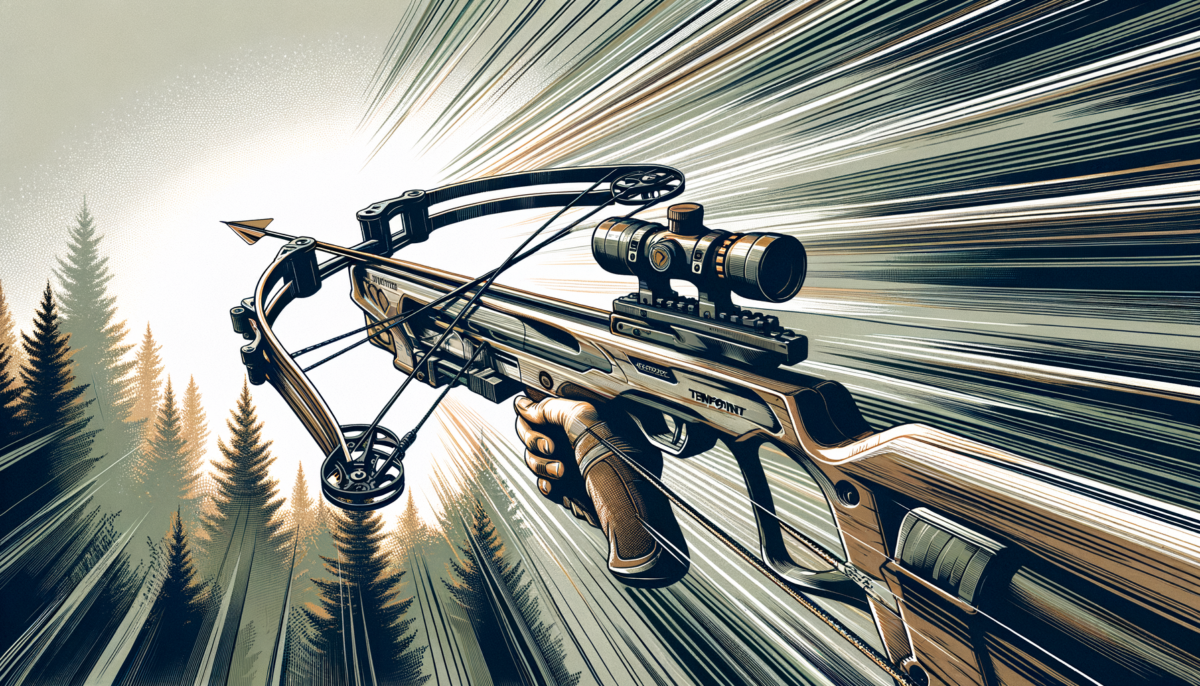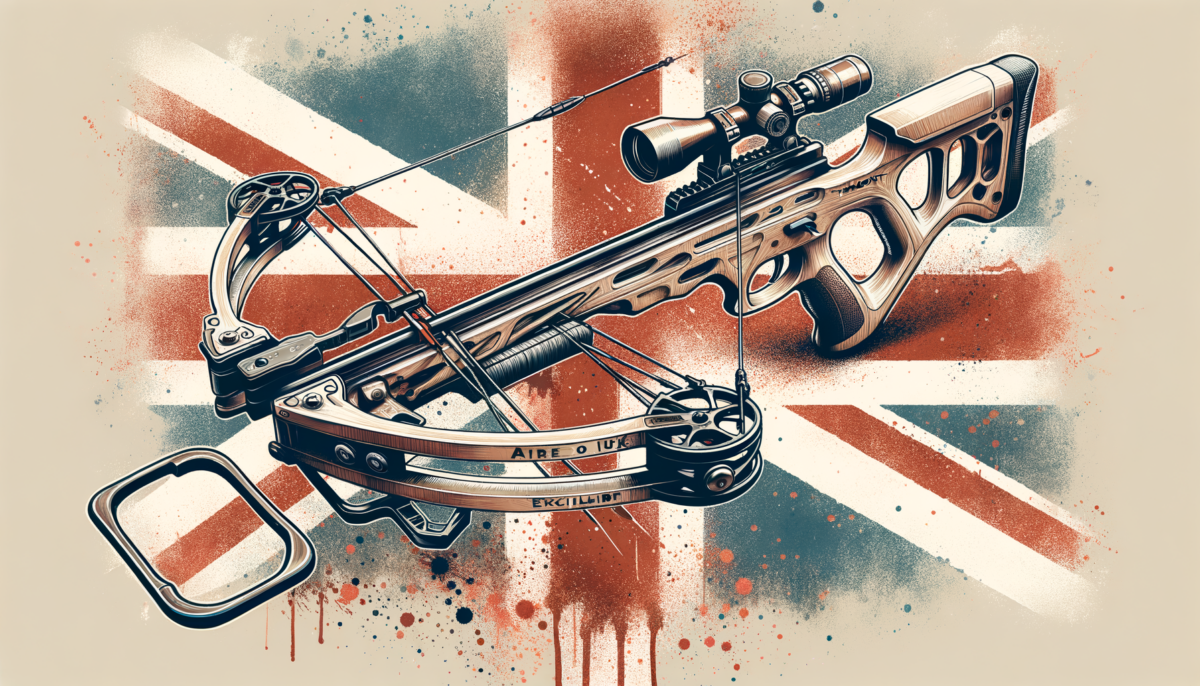Knowing the ropes of broadhead selection is crucial for hunting success, sparking heated debates among archers. As the hunter’s final touchpoint before striking game, choosing the right broadhead can mean the difference between a clean harvest and a trail gone cold. Dive into the insights of this evergreen topic, exploring why proficiency with your best crossbow hinges on understanding these tips. We cover the essentials of broadhead types to give you the upper hand.
Key takeaways
- Mechanical broadheads excel in cutting size and flight, while fixed excel in reliability and penetration.
- Proper tuning and practice are non-negotiable for broadhead effectiveness.
- Real-world feedback is invaluable when choosing the right broadhead for your hunt.
What kind of broadhead really hits the mark?
Broadheads are essentially the business end of our hunting pursuits; they’re the point of contact where all our preparation meets the quarry. Mastering their intricacies isn’t just recommended, it’s necessary for ethical and effective hunting. These tips are the arrow’s steak knives, slicing through hide and tissue, which is why knowing your way around a broadhead is definitely on target if you aim to maximize your success.

Here’s a rundown of what you should zero in on:
- Cutting diameter
- Penetration potential
- Material quality
- Durability and reliability
- Mechanical vs fixed blade debate
I’ve navigated the dense woods of broadhead selection myself. There’s a raw, simple satisfaction in choosing a component that’s right on the mark, serving as the perfect finale to my archery setup. Getting this right has given my hunting stories more happy endings and reduced the number of those “what if” moments around the campfire.
Barnett Whitetail Hunter II

Barnett Whitetail Hunter II
Comparison criteria
To draw a true shot comparison between mechanical and fixed broadheads, certain criteria must stand at the forefront. These factors lay the foundation for an informed choice and address the specific concerns and requirements held by the hunting community.
- Sharpness and Edge Retention: A blade’s cut dictates the game’s blood trail, making sharpness and the ability to stay keen through thick hide paramount.
- Durability: The broadhead needs to withstand the impact, especially through bone, which could be the thin line between a trophy and a tale of the one that got away.
- Aerodynamics and Accuracy: Precision in flight can mean a complete pass-through versus a deflected miss. The broadhead’s design affects how it flies to the target.
- Energy and Penetration: The broadhead’s efficiency in using the arrow’s kinetic energy dictates its penetrating power—a critical factor for a clean and ethical kill.
- Animal Size and Type: Contemplating the game to be hunted directly impacts broadhead selection. Larger game typically calls for a different approach than smaller creatures.
User experience and reviews, along with insights from online forum discussions, weigh heavily in the criteria; they offer real-world feedback on how broadheads perform in the field. This peer-to-peer information is often as valuable as the specs listed on the packaging.
Fixed or mechanical broadheads: which will make the cut in your quiver?
When it comes to crossbow hunting, the choice between TenPoint and Barnett crossbows becomes as crucial as selecting your broadheads. To lay it out straight, let’s pit these two against each other using our comparison criteria.
| Criteria | TenPoint Crossbows | Barnett Crossbows |
|---|---|---|
| Sharpness and Edge Retention | Models often come with high-quality broadheads known for retaining sharpness after repeated use. | Broadheads may require more frequent sharpening or replacement. |
| Durability | Built with sturdy materials, they are known for lasting through demanding conditions. | Constructed well, but some models may not match TenPoint’s resilience. |
| Aerodynamics and Accuracy | TenPoint’s precision engineering promotes steady flight and accuracy. | Accurate, though some models might fall slightly behind TenPoint. |
| Energy and Penetration | Known for producing high energy output for deep, reliable penetrations. | Offers decent penetration, but energy levels might vary across models. |
| Animal Size and Type | Diverse models suitable for various game sizes, from deer to larger animals like elk. | Also offers versatility, but ensure the specific model caters to your intended game. |
- TenPoint provides a high level of reliability and precision, typically coming at a higher price point.
- Barnett offers a more budget-friendly line-up, with a slight compromise in some models’ performance relative to TenPoint.
User reviews often highlight TenPoint’s customer service and warranty as a notch above, reflecting positively on your potential field experience. However, Barnett crossbows find their advocates in hunters looking for value for money and adequate performance without breaking the bank.
Advantages and disadvantages of choosing broadheads
Broadheads, whether mechanical or fixed, serve a specialized role in the context of a hunt. Aside from the points covered in our comparison, there’s more to consider when deciding which broadhead will accompany you in the wild.
Advantages of mechanical broadheads
- Wider cutting diameter for larger wound channels
- Streamlined flight path due to collapsible blades
- Minimal wind drift, enhancing long-range accuracy
- Often a preferred choice for deer, turkeys, and other medium-sized game
Disadvantages of mechanical broadheads
- Potential failure to deploy on impact
- May require higher draw weight to achieve sufficient penetration
- Construction may not be as rugged as fixed blades for penetrating tough bone
- Loss of kinetic energy upon blade deployment, which may affect penetration
Advantages of fixed broadheads
- Simple, no-fail design with no moving parts
- Often constructed from higher quality materials for edge retention and durability
- Consistent penetration, with less energy loss upon impact
- Preferred for large game like elk or moose due to reliable penetration
Disadvantages of fixed broadheads
- Smaller cutting diameter compared to mechanical options
- May plane or drift more in flight, especially in crosswinds
- Tuning is crucial to ensure accurate flight
- Can be difficult to sharpen, depending on the design
Additional broadhead tips
Selecting the right broadhead is only half the battle. Here’s how you can ensure that you’re up to snuff when it’s game on.
- Check your equipment: Regularly inspect your broadheads for sharpness and integrity.
- Practice makes perfect: Shoot with the broadheads you plan to use in the field to get a feel for their flight and performance.
- Know your quarry: Research the anatomy of the game you’re hunting to understand optimal shot placement.
- Stay legal: Always check local hunting regulations to make sure the broadheads you choose are legal to use.
In the world of archery and hunting, it’s essential to keep honing your skills. Here’s a quick guide on do’s and don’ts for your journey:
| Do | Don’t |
|---|---|
| Regularly practice with the broadheads you hunt with. | Don’t forget to test each individual broadhead for flight. |
| Invest in a high-quality sharpener tailored to your broadheads. | Don’t use a dull broadhead; always have it razor-sharp before a hunt. |
| Replace broadhead blades when necessary for optimum performance. | Don’t ignore the importance of arrow weight and balance. |
| Align broadhead blades with vanes for better accuracy. | Don’t neglect the significance of shot placement over equipment selection. |
If you are a visual learner, check out this video titled ‘Choosing Broadheads: Mechanical vs. Fixed’
Frequently asked questions (faq)
Can i use mechanical broadheads for big game hunting?
Definitely, but it’s crucial to ensure your bow setup generates enough kinetic energy for proper blade deployment and deep penetration. Big game animals have thicker hides and bones, so ensure your mechanical broadheads are of top-notch quality and designed for such scenarios.
How often should i replace my broadhead blades?
Blades should be replaced when they show signs of dullness, damage, or after a successful hunt. A true shot depends on a razor-sharp edge; thus, some hunters prefer to replace them before each outing.
What’s the best way to ensure my broadheads fly true?
Start by tuning your bow properly. Then, practice with broadheads you’ll be using for the hunt. Finally, test your broadheads on dedicated targets to mitigate any surprises in the field.
Final thoughts
Closing the chapter on broadheads, it’s clear both mechanical and fixed blades have their place afield, each with unique advantages tailoring to various hunting scenarios. Ensuring your broadhead aligns with your target, bow setup, and personal preference can be the defining factor between a clean harvest and a challenging track. Whether you opt for the cutting-edge technology of mechanical broadheads or the steadfast reliability of fixed blades, aim for a balance that complements your archery skills and ethical hunting practices.
Have you had a standout experience with either broadhead type that swayed your preference? I read and reply to every comment. If you found this article helpful, share it with a friend, and check out my full blog for more tips and tricks on archery and hunting. Thanks for reading and may your arrows fly true and your game be plentiful.














